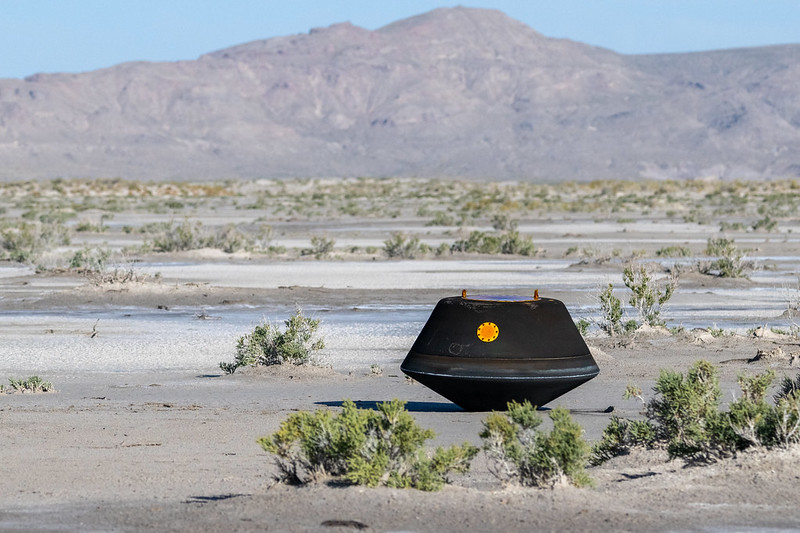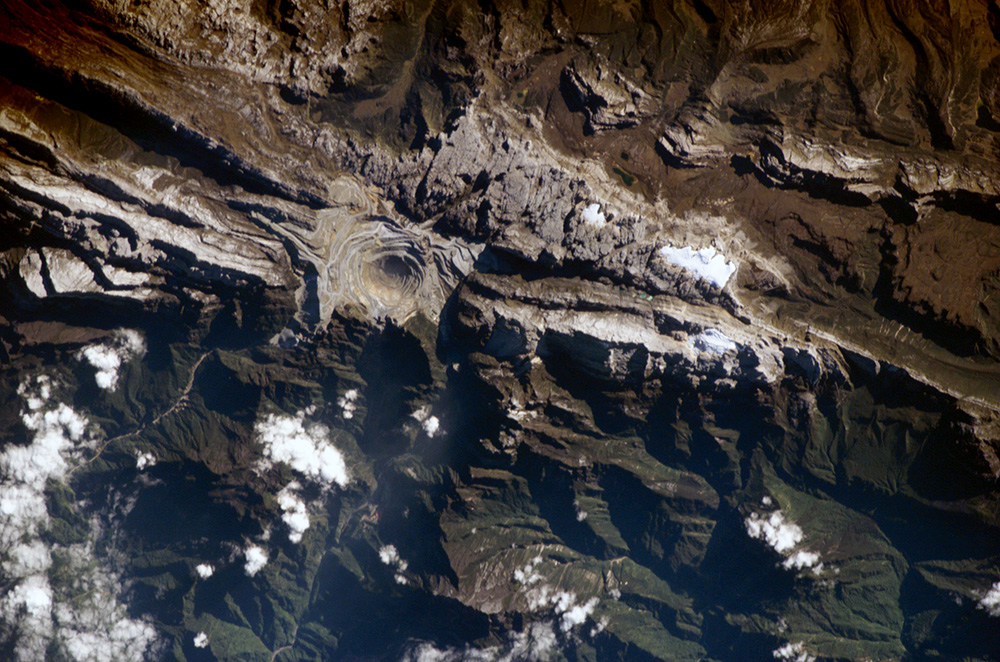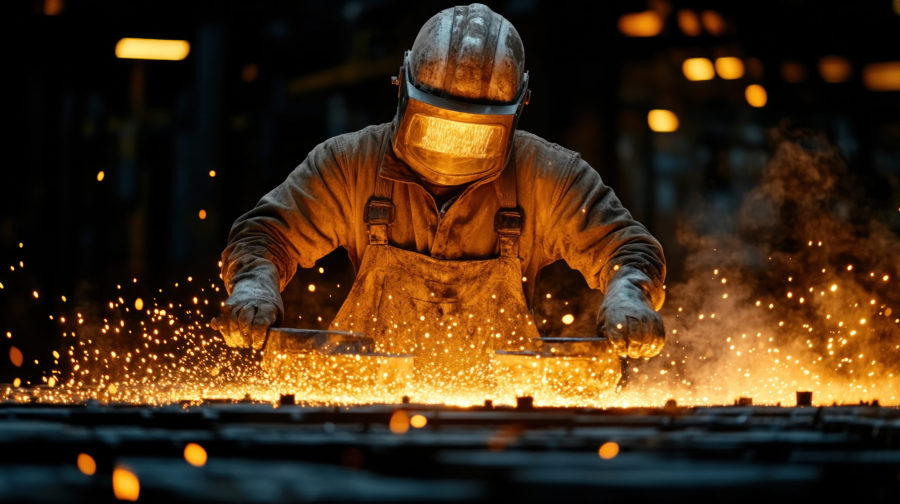If gold surges 140,000-fold, then asteroid mining works

I confess: I’m a Star Trek nerd — and commodities enthusiast, too. Thus, asteroid mining should be my personal heaven. On Sunday, I watched with the excitement of a five-year old how a NASA space probe brought back the largest-ever stash of asteroid rubble to Earth. But was this feat a step closer to commercial space mining? Not even close.
Asteroid mining companies always promise the stars: Handsome profits await galactic prospectors who can bring gold, copper and other minerals from outer space. The treasure would help expedite the green energy transition by boosting the supply of critical metals, these supporters claim — with some even proclaiming that the first trillionaire will be an asteroid-mining tycoon.
Utter nonsense.
Back on planet Earth, what really awaits is (pardon the pun) out-of-this-world costs. Even if the industry can eventually cut expenses and jump over technological hurdles, asteroid mining will remain commercial science fiction for some time.
Consider the OSIRIS-REx space mission, the little probe I viewed that — after an incredible 4 billion-mile seven-year roundtrip — released a capsule in the Utah desert bearing a sample from asteroid 101955 Bennu. This technological triumph will, I hope, inspire more children to enthusiastically pursue science. But at a cost of $1.1 billion, including launch and operation, the unmanned spacecraft wasn’t a bargain.
If the capsule contains the expected 250 grams of extraterrestrial dirt, the retrieval cost would come to about $4.4 million a gram. Nothing to complain about as researchers attempt to answer questions like why life developed on Earth. But it’s enough to bankrupt any commercial mining operation several times over. Compare this with the earthly price of several commodities. Gold now trades at about $1,900 a troy ounce. To make a venture such as the OSIRIS-REx break even, the yellow metal would need to surge to $268 million. And that would be assuming all the extraterrestrial dirt was pure gold — and, well, that’s unlikely. If only half of the asteroid were made up of that, the metal would need to trade at $536 million a troy ounce to break even, and so on.
The numbers are so staggering that I should just stop here.
But let’s consider an extremely expensive specialty metal, something comparable to the unobtainium from Hollywood-movie Avatar — but real. Iridium fits the bill. The transition metal, used in crucibles to manufacture chips and some rare alloys, changes hands at about $4,650 a troy ounce. To put it graphically, if a recipe asked for a teaspoon of iridium (please, don’t use it for cooking), it would need about $650 worth. In the commodities world, it’s among the priciest metals out there. Yet, for asteroid mining, it remains stupendously cheap. Using the OSIRIS-REx again as a yardstick, it would need to jump to about 140,000-fold for the industry to break even. In teaspoons, that comes to about $84 million.
Sure enough, costs may drop. At least that’s the main storyline the industry has pushed for the past decade. Planetary Resources and Deep Space Industries, two now-defunct wannabe asteroid-mining companies, bet on it in 2012. It didn’t work, though, despite the headline-grabbing prominence of some backers, including Titanic filmmaker James Cameron and Google co-founder Larry Page.
Since then, other companies have tried to make beyond-Earth mining profitable. The cost of launching probes is surely coming down but largely for satellites in orbits close to our planet. Asteroid mining requires spacecraft traveling far beyond. Voyages don’t last a few hours; they’re measured in months, if not years. And that’s only halfway. Then the probes need to land on their designated targets and retrieve the cargo. Much, if not most, of the rubble would be worthless. The collection still needs to be transported and delivered back to Earth.
One way to solve the expense conundrum would be by selecting, processing and refining the minerals in orbit, returning only pure metals to Earth. A new startup, AstroForge, is promising that route. I doubt it would work commercially. The technological demands are extensive — and certainly would take decades, not years, to resolve them.
Asteroid mining only works in a science-fiction world where metals are thousands of times more expensive than they are today. And in that world, plenty of metal deposits on Earth could be developed more economically. True, we can point to many industries where innovation has changed our way of life, reducing costs and solving incredible technological barriers. Think about aviation in the last 100 years, for example. But only over such time scenarios can this type of mining not look like a flimflam.
(The opinions expressed here are those of the author, Javier Blas, a columnist for Bloomberg.)
More News
{{ commodity.name }}
{{ post.title }}
{{ post.date }}



Comments